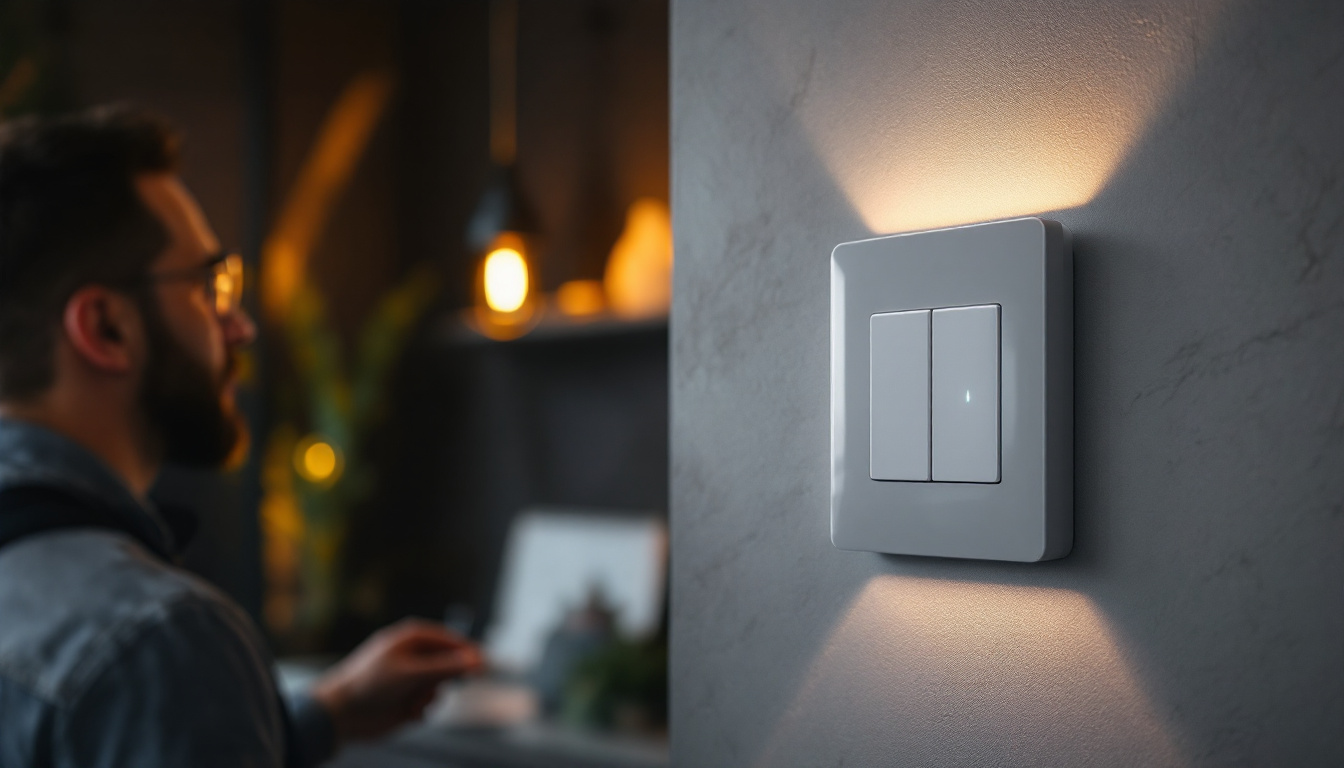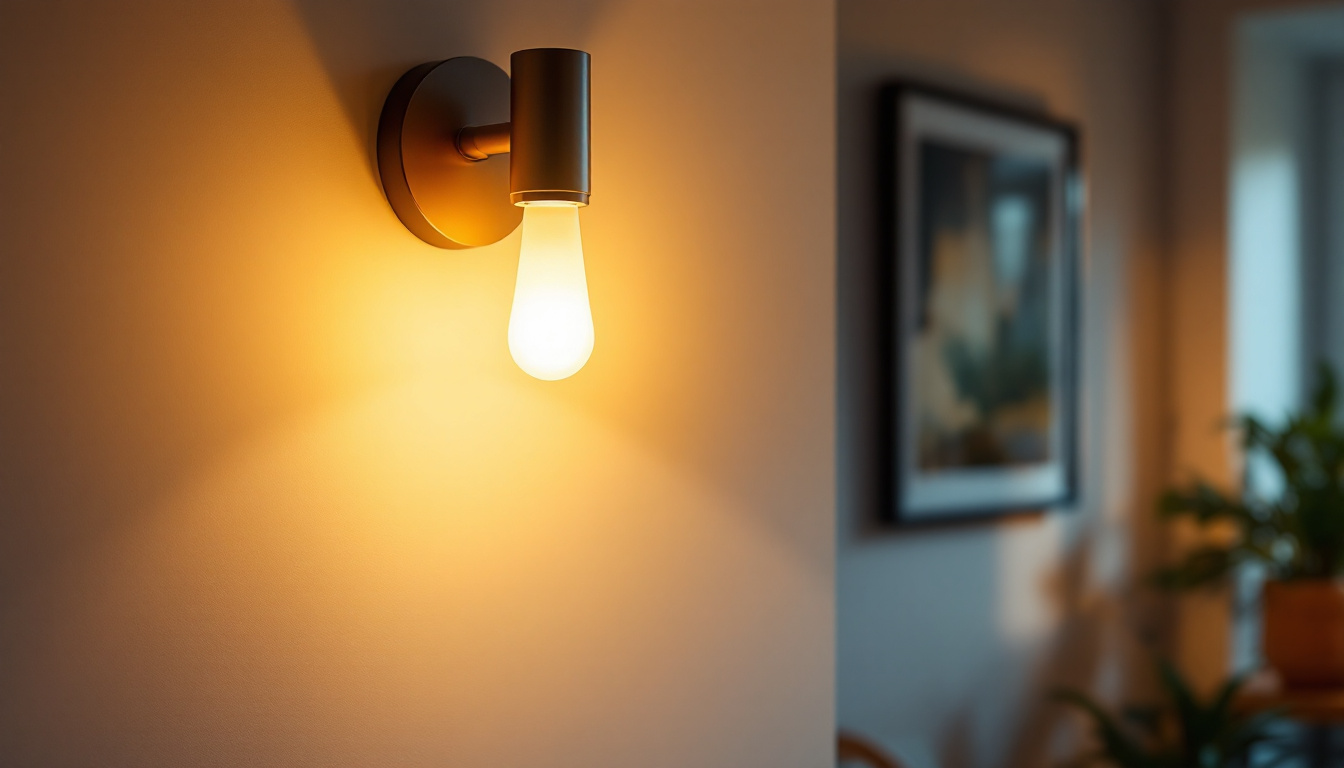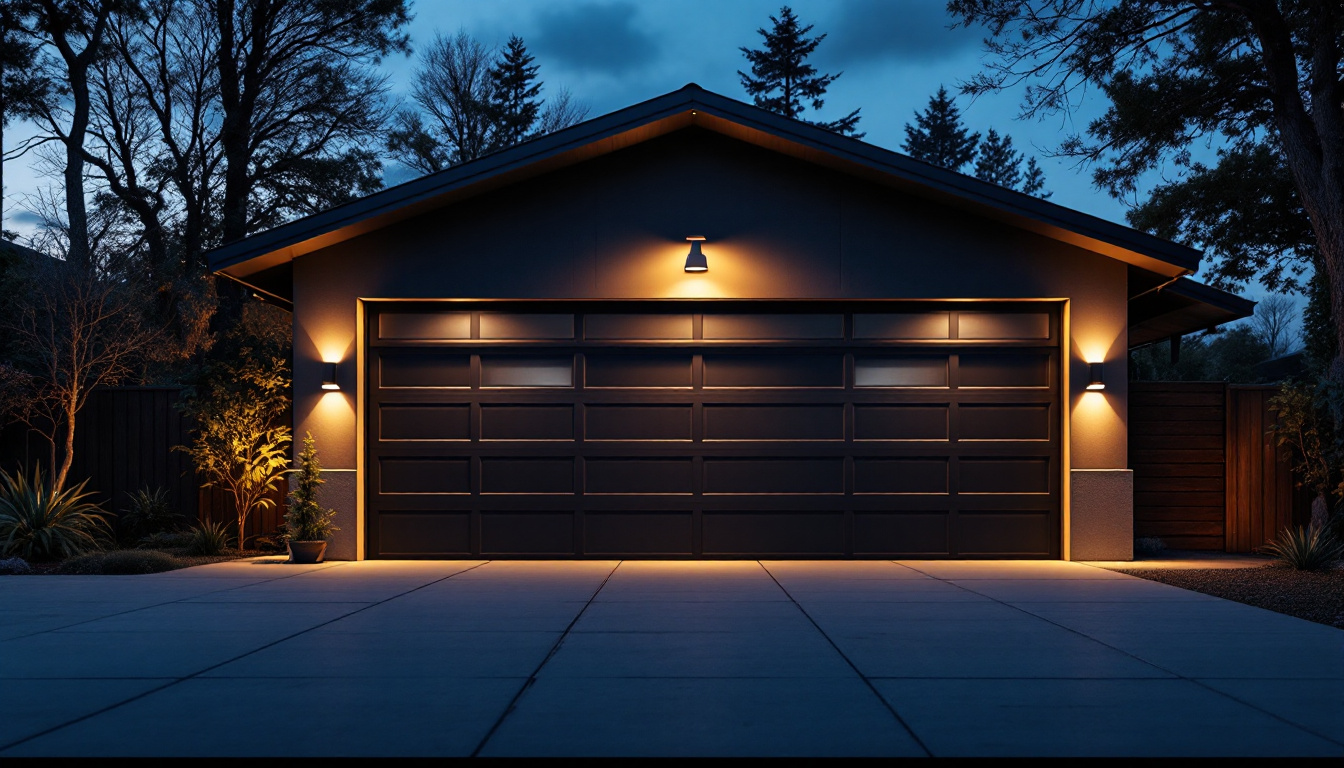
As technology continues to evolve, the integration of smart devices into everyday life has become increasingly prevalent. Among these innovations, smart home light switches stand out as a significant advancement in the realm of lighting control. For lighting contractors, understanding the science behind these devices is essential for effective installation, troubleshooting, and client education. This article delves into the intricacies of smart home light switches, exploring their technology, benefits, and installation considerations.
A smart home light switch is an advanced device that allows users to control their lighting remotely or through automation. Unlike traditional switches, which merely complete a circuit, smart switches utilize wireless communication protocols to connect with other smart home devices. This capability enables users to manage their lighting through smartphones, tablets, or voice commands, enhancing convenience and energy efficiency. With the rise of smart home technology, these devices have become integral to modern living, offering a seamless blend of functionality and innovation that caters to the needs of tech-savvy consumers.
Moreover, the integration of smart light switches into a home can significantly contribute to energy savings. By allowing users to monitor and control their lighting usage, these switches can help reduce electricity bills and minimize environmental impact. For instance, many smart switches provide usage statistics, enabling homeowners to identify patterns and adjust their habits for greater efficiency. This not only promotes sustainability but also aligns with the growing trend of eco-conscious living.
There are several types of smart light switches available in the market, each catering to different needs and preferences. These include:
In addition to these primary types, some smart switches are designed to work with specific ecosystems, such as Apple HomeKit or Samsung SmartThings. This compatibility allows users to integrate their lighting controls with other smart devices in their home, creating a cohesive and interconnected environment. For example, a smart switch can be programmed to work in tandem with smart thermostats and security systems, enhancing overall home automation and providing a more comprehensive smart home experience.
Smart light switches come equipped with various features that enhance user experience and functionality. Some of the most notable features include:
Additionally, many smart light switches offer customizable lighting scenes, allowing users to create specific moods or atmospheres for different occasions. For example, a “Movie Night” scene could dim the lights and adjust the color temperature to create a cozy environment. Some models even support dimming features, enabling users to fine-tune the brightness level to their preference. This level of customization not only enhances the ambiance of a space but also allows for greater personalization, making each room feel uniquely tailored to the homeowner’s lifestyle.
Understanding the technology that powers smart light switches is crucial for lighting contractors. These devices rely on several key components and protocols to function effectively.
Smart light switches use various wireless communication protocols to connect with other devices and the internet. Each protocol has its advantages and limitations:
Each smart light switch comprises various components that contribute to its functionality:
For lighting contractors, promoting the benefits of smart light switches can help clients make informed decisions. Here are some of the key advantages:
Smart light switches contribute to energy savings by allowing users to schedule lights to turn off when not in use. Additionally, many smart switches provide usage statistics, helping homeowners understand their consumption patterns. This feature can lead to more conscious energy use and reduced utility bills.
The ability to control lights remotely or through voice commands adds a layer of convenience that traditional switches cannot offer. Homeowners can easily adjust lighting from their smartphones, making it easier to create the desired ambiance for any occasion. Moreover, smart switches can be integrated with other smart home devices, such as security systems, to enhance overall home automation.
As smart home technology becomes more desirable, properties equipped with smart lighting solutions can see an increase in market value. Homebuyers are increasingly looking for homes that offer modern conveniences, and smart light switches are a sought-after feature. For contractors, installing these devices can be an attractive selling point for potential clients.
Installing smart light switches requires careful consideration and planning. Here are some essential factors for lighting contractors to keep in mind:
Before installation, it is crucial to assess the existing wiring in the home. Smart light switches typically require a neutral wire for proper operation, which may not be present in older homes. Contractors should evaluate the wiring setup and advise clients on any necessary upgrades to accommodate smart switches.
Smart switches rely on a stable internet connection for optimal performance. Contractors should ensure that the home’s Wi-Fi network is robust enough to support multiple devices. In cases where the Wi-Fi signal is weak, it may be necessary to suggest the installation of range extenders or a mesh network to improve connectivity.
Educating clients about the functionality and features of their new smart light switches is essential for a positive user experience. Contractors should take the time to explain how to use the mobile app, set schedules, and integrate voice control. Providing clear instructions and demonstrating the device’s capabilities can enhance client satisfaction and reduce the likelihood of troubleshooting calls.
One of the most common challenges faced with smart light switches is connectivity problems. If a switch is not responding, the first step is to check the Wi-Fi connection. Ensure that the switch is within range of the router and that there are no obstructions blocking the signal. If issues persist, resetting the switch and reconfiguring it through the app may resolve the problem.
Smart light switches may not always be compatible with existing smart home devices. Contractors should verify compatibility before installation, especially when integrating with hubs or other smart devices. If incompatibility arises, recommending alternative products or solutions can help clients achieve their desired smart home setup.
Just like any other smart device, smart light switches require periodic firmware updates to improve performance and security. Contractors should inform clients about the importance of keeping their devices updated and guide them through the update process if necessary. Regular updates can prevent potential issues and enhance the overall functionality of the smart switch.
The landscape of smart lighting technology is constantly evolving. Keeping abreast of future trends can help lighting contractors stay ahead of the curve and provide the best solutions for their clients.
As artificial intelligence (AI) and machine learning technologies advance, smart light switches are likely to become even more intuitive. Future devices may learn user preferences over time, automatically adjusting lighting based on habits and routines. This level of personalization can enhance user experience and energy efficiency.
With growing awareness of environmental issues, the demand for sustainable lighting solutions is on the rise. Future smart light switches may incorporate energy-efficient technologies, such as LED integration and solar power options, to further reduce energy consumption. Contractors who prioritize sustainability can appeal to eco-conscious clients and differentiate themselves in the market.
Smart lighting systems are increasingly being integrated with security features, allowing homeowners to simulate occupancy by scheduling lights to turn on and off at various times. Future advancements may include more sophisticated security integrations, such as motion sensors and alerts, providing homeowners with peace of mind while away from home.
Smart home light switches represent a significant advancement in lighting technology, offering convenience, energy efficiency, and enhanced control. For lighting contractors, understanding the science behind these devices is crucial for successful installation and client satisfaction. By staying informed about the latest trends and troubleshooting techniques, contractors can position themselves as knowledgeable professionals in the evolving smart home market.
Ready to elevate your lighting projects with the latest smart home light switches? Look no further than LumenWholesale, where we provide contractors with the highest quality, spec-grade lighting products at unbeatable wholesale prices. Say goodbye to local distributor markups and hello to superior lighting that meets the highest industry standards. With LumenWholesale, you can enjoy the convenience of bulk buying with free shipping, ensuring you get the best value without any hidden fees. Make the smart choice for your lighting needs and experience wholesale lighting at the best value today.

Discover the top strategies lighting contractors use to enhance outdoor spaces with solar yard lights.

Discover the ultimate guide to bright wall lamp lighting with insights from top lighting contractors.

Discover effective strategies for training your team in the installation and maintenance of recessed light housing.

Illuminate your garage with confidence using our ultimate lighting contractor checklist.